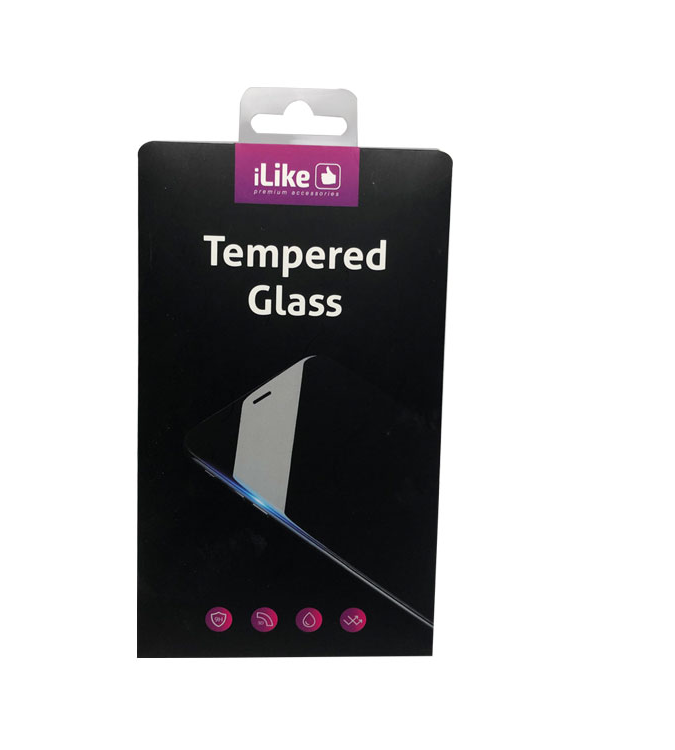
Capsulae donorum plicabiles innovativae a Jinlichang offerunt consilia unica, spatia servantia. Ideales pro omnibus occasionibus, stilum et functionem coniungentes.
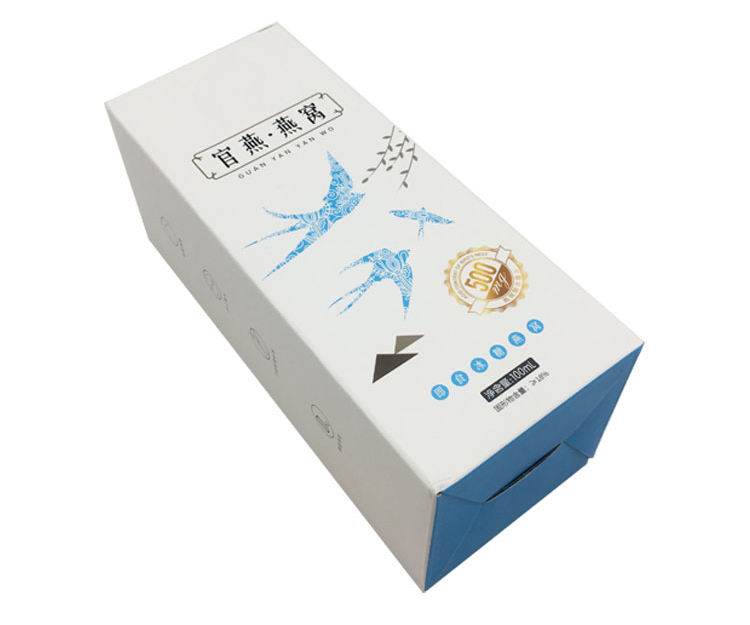
Pro negotiis quae optiones packaging cost-effective sed altae qualitatis quaerunt, capsulae chartaceae plicabiles Jinlichang propositionem vincens praebent. Eorum consilium planae sarcinae spatium reconditum et expensas navium significanter minuit, sumptibus logisticis totalibus reducendis.
Praeterea, reutilizabilis natura horum arcae addit valorem tam notis quam clientibus, promovens sustentabilem vitam et potentia ducens ad diminuta impensa sarcinarum per tempus. Processus fabricandi Jinlichang admodum expeditus celeres conversiones temporum et discountes in ordines magnos praebet, praebens additamenta servationis.
Cum considerantur sumptus vitae, impactus environmental, et potentia mercaturae, arcae chartaceae folding Jinlichang emergunt ut sapientis collocatio. Eligendo has arcas, societates demonstrant commitment ad sustentabilitatem et efficientiam, omnia dum efficaciter communicant suum nuntium notae per sarcinas oculum captantes et practicas.
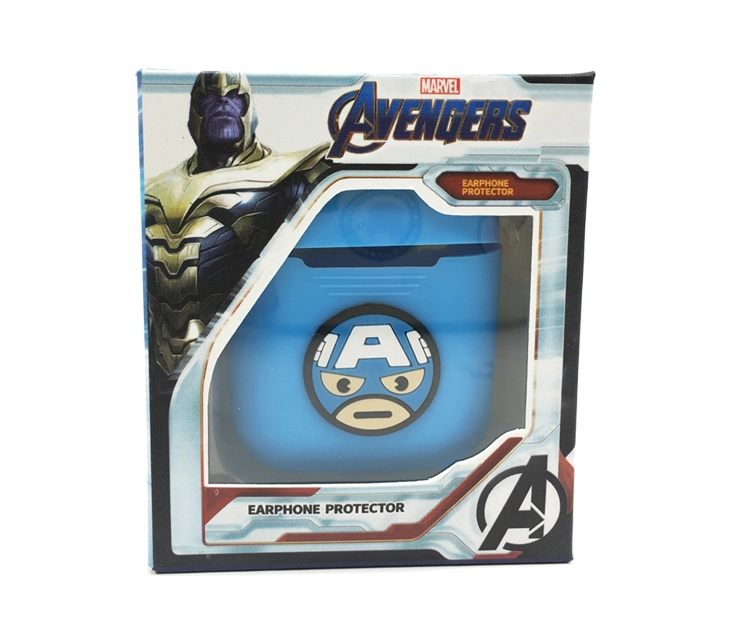
Customizatio est ubi Jinlichang vere excellit in regno arcarum chartacearum folding. Ab elegantia minimalist ad consilia flamboyantia, Jinlichang arcte collaborat cum clientibus ad creandum sarcinas quae perfecte complementum faciunt eorum aestheticae notae et valoribus.
Eorum in-domo consilio turmas technologiae recentissimae utuntur ad producendas intricatas formas, vividis coloribus, et crispis textibus. Praeterea, Jinlichang offerit embossing, debossing, foil stamping, et spot UV tractationes ad profunditatem et texturam addendam ad tua notata folding paper boxes, augens tactum experientiam pro consumptoribus.
Per usum servitiorum consuetorum a Jinlichang oblata, negotia possunt signanter augere notam recognitionem et clientium fidelitatem. Bene designatum folding paper box fit extensio ipsius producti, convertens ordinarium emptionem in memorabilem interactionem quae cum emptoribus diu post transactionem resonat.
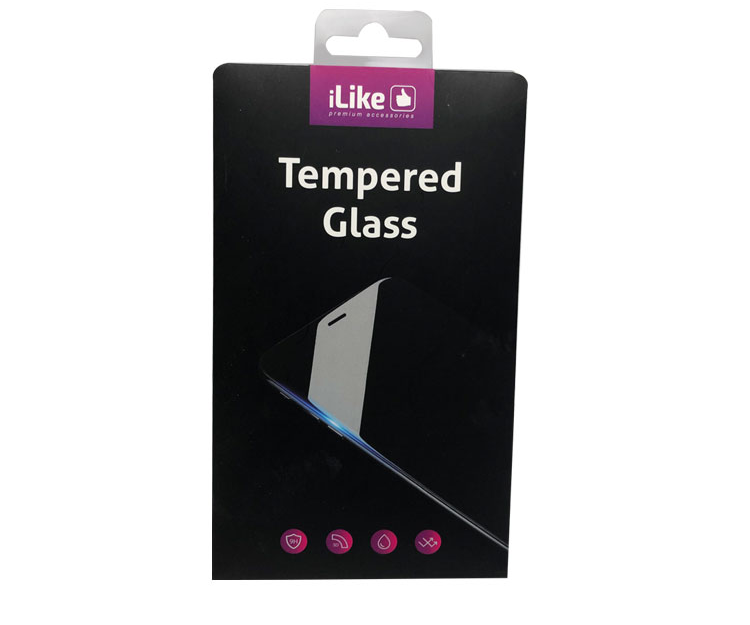
Jinlichang nomen praeclarum est in industria packaging, notum pro innovativis et eco-consciis cistulis chartaceis plicabilibus. Cum firmo compromisso ad sustinendum et qualitatem, hic fabricator solutio custom-designata conficit quae perfecte essentiam variarum notarum encapsulat. Materialibus biodegradabilibus et technicis productionis provectis utendo, Jinlichang curat ut cistulae chartaceae plicabiles non solum visibiliter conspicuae sint sed etiam satis durae ad protegendum producta durante transitu. Eorum diligentissima attentio ad singula includit consilia customizable cum notis ut embossing, debossing, et vividis impressionibus plenis coloribus, transformans unamquamque cistulam in efficacem instrumentum branding.
Ultra pulchritudinem et durabilitatem, Jinlichang's folding paper boxes celebrantur pro sua utilitate et versatilitate. Arcae ingeniose designatae sunt ut facilius coniungantur et collapsentur, optimizando spatium reconditum et minuendo sumptus navium. Haec dedicatio ad efficientiam complementum est eorum ethos environmental, cum omnia materiae adhibitae sint recyclabilia et conferant ad carbonis vestigium reductum. Per societatem cum Jinlichang, negotia accessum habent ad solutionem packaging comprehensivam et sustinendam quae imaginem notae elevat, experientiam emptoris augent, et ad magis responsabilem accessum ad packaging productorum confert.
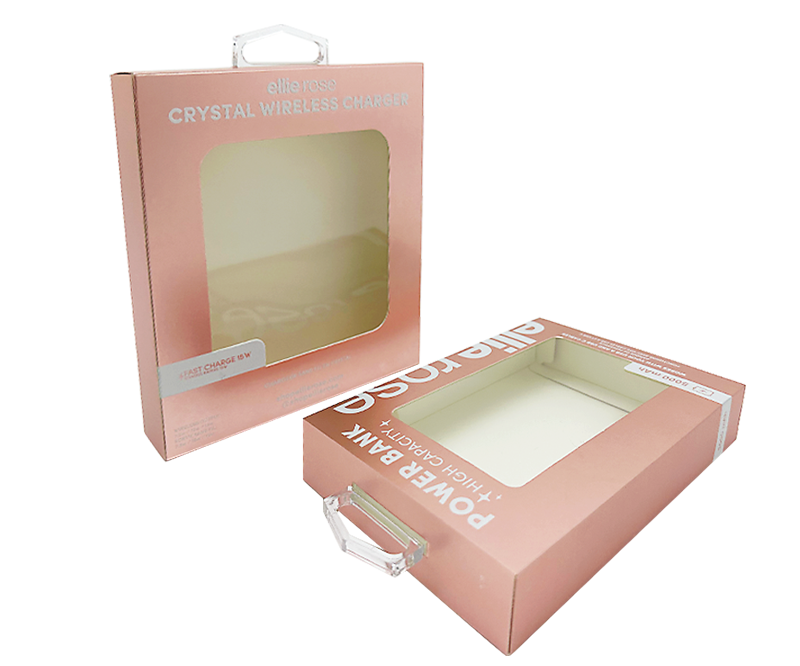
Jinlichang specializat in conficiendis arcae chartaceae plicabiles ad formam et magnitudinem cuiuslibet producti aptas. Unaquaeque arca cum diligentia ad singula designatur, curans ut contenta sua commode contineat ne damnum durante transportando. Sive quadratae, rectangulares, hexagonales, sive etiam formas customas necessarias habes, turma peritorum Jinlichang perfectum aptum semper praebebit.
Hae arcae chartaceae plicabiles versatiles ad amplam industriarum copiam aptae sunt, inter cibum et potum, cosmetica, modum, et plura. Usus Jinlichang materiae chartaceae gradus cibi et sine acido salutem pro rebus edibilibus praestat, dum eorum elegantes et sophisticatae consilia attrahentiam bonorum luxuriosorum augent.
Praeterea, arcae chartaceae plicabiles Jinlichang praestantem qualitatem typographicam habent quae fabulam tuam notam in vitam adducit. Cum graphicis altae resolutionis et variis technicis typographicis, tuae arcae personalizatae eminebunt, identitatem notae confirmantes et impressionem diuturnam in consumptoribus creando.

Constituta anno 1997,Jinlichang Shenzhen Packaging Group Co., Ltd. est unus fabricator specializans in producendis et designandis donorum arcae, arcae mittentis, arcae plicabilis, arcae rigidae, sacculi chartacei, PVC PET PP impressorum arcae, plasticae clamshell sarcinae, custom arca insertum (chartaceum insertum, blister tray, EVA, EPE Foam), cylindrus chartaceus, cylindrus PVC PET, sticket et cetera. Nostra societas habet officinam standardem cum area fabricae 5,500 metrorum quadratorum. Multa habemus instrumenta progressiva et machinas electricae subsidii quae possunt curare ut bona in tempore tradantur. Simul, multi technici professionales in nostra societate sunt. Cum conatu 27 annorum, ut ad postulationem mercati adaptaremus, nostra societas experientiam summat et consilium administrationis accommodet.
Cajas Papyraceas Plegabiles nostrae ex charta recyclata altae qualitatis factae sunt, quae et amica ambiens et durabilis est.
Ita, Cajas Papyraceas Plegabiles nostrae ad facilem assemblationem et disassemblationem designatae sunt, quod tempus et laborem servat.
Amplam varietatem magnitudinum standardorum offerimus, sed in dimensionibus customatis ad specificas productorum necessitates tuas specialiter operam damus.
Ita, officia typographica plenae coloris offerimus utens methodis offset, digitalibus vel flexographicis. Elementa branding tua accurate impressa erunt ad visibilitatem notae augendam.
Pretium nostrum variat secundum magnitudinem arcae, materiam, quantitatem, complexitatem typographiae, et alia factores. Ut detailed quotationem accipias, quaeso nobis specifica tua requisita praebe et intra 24 horas respondebimus.
